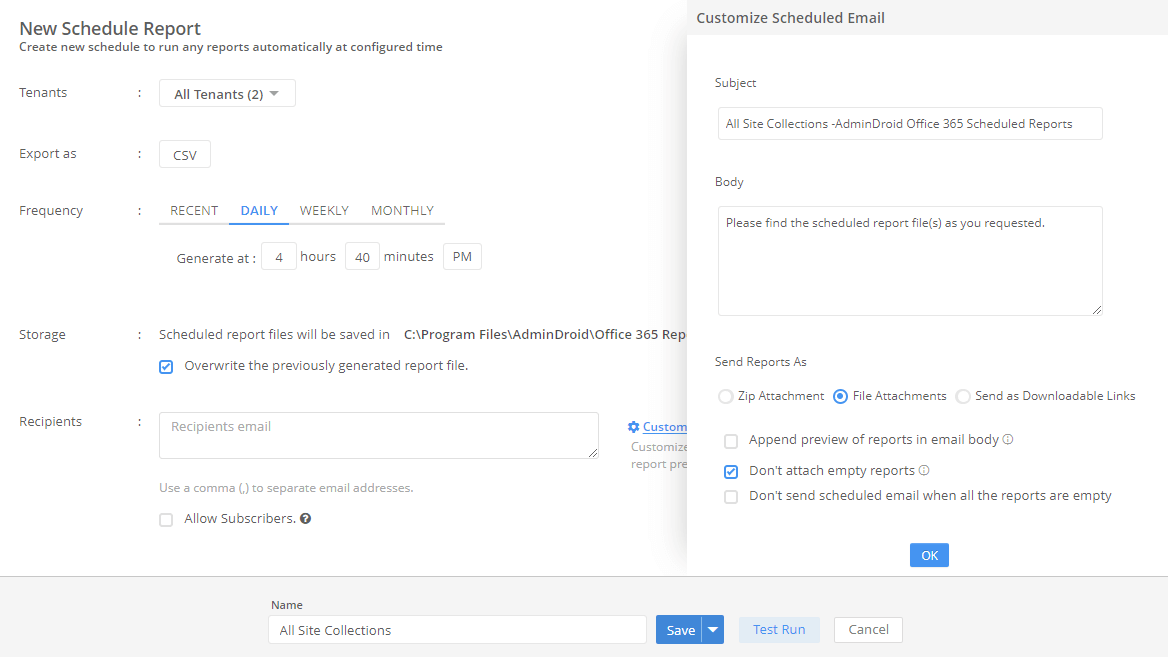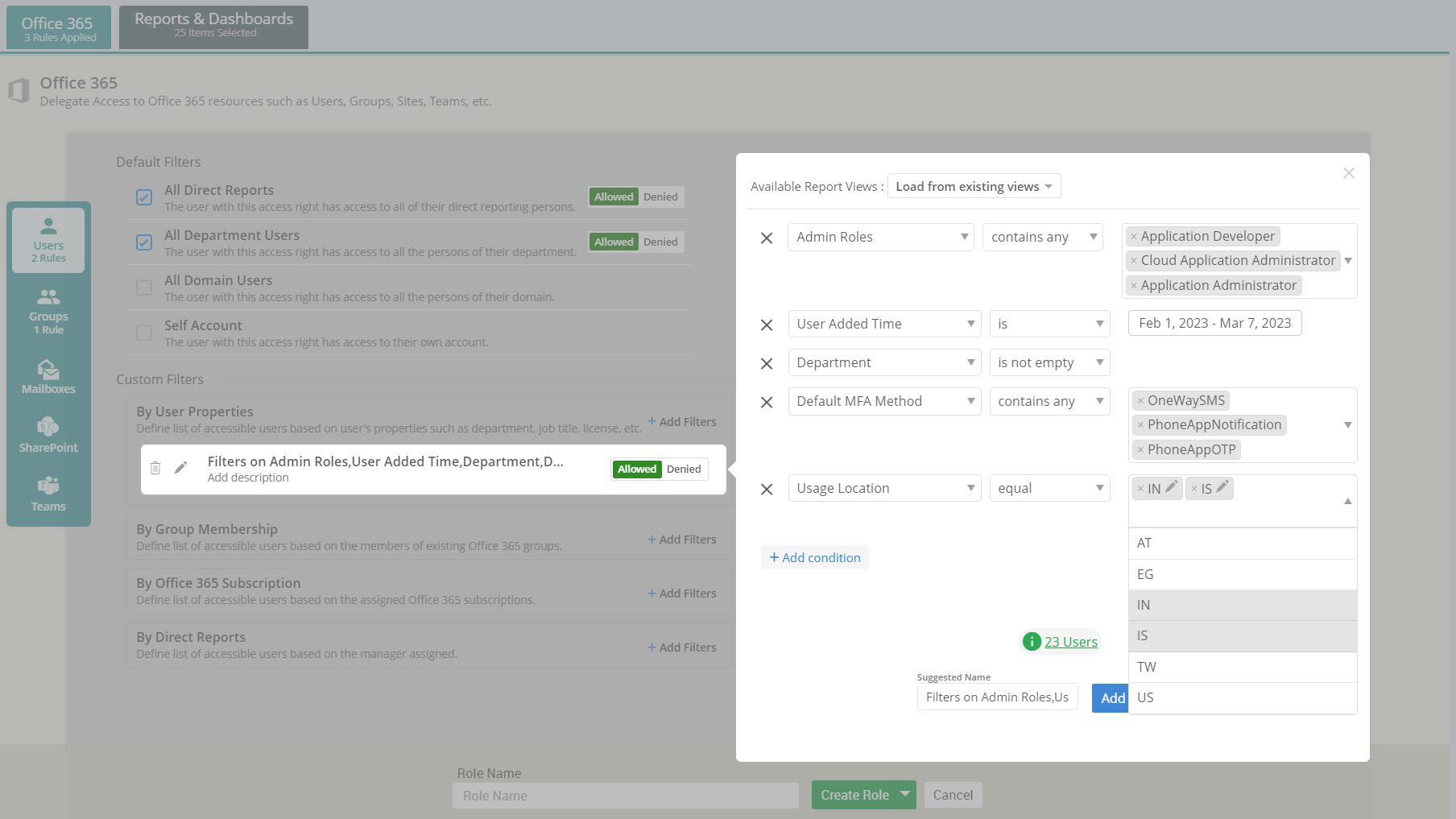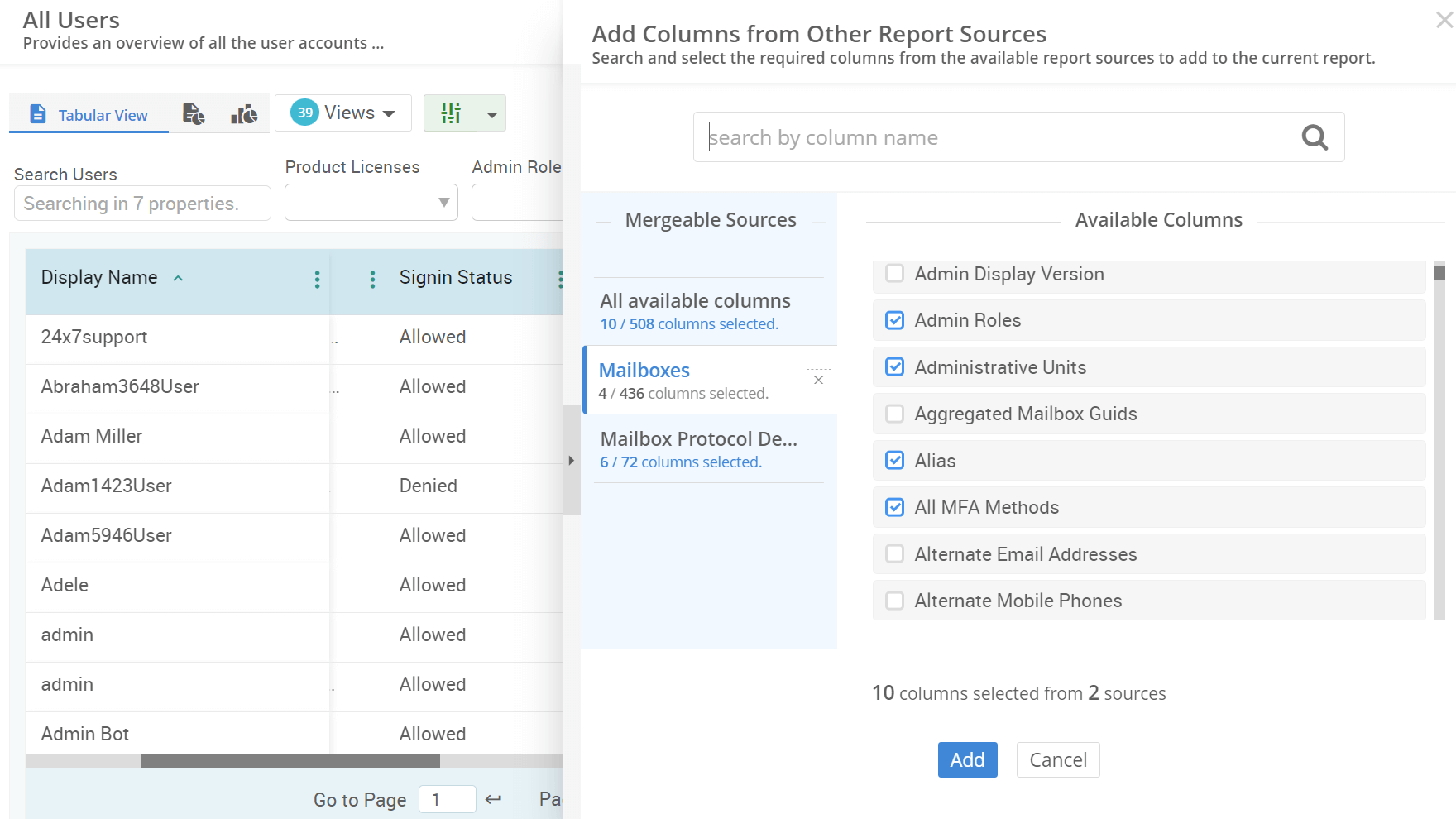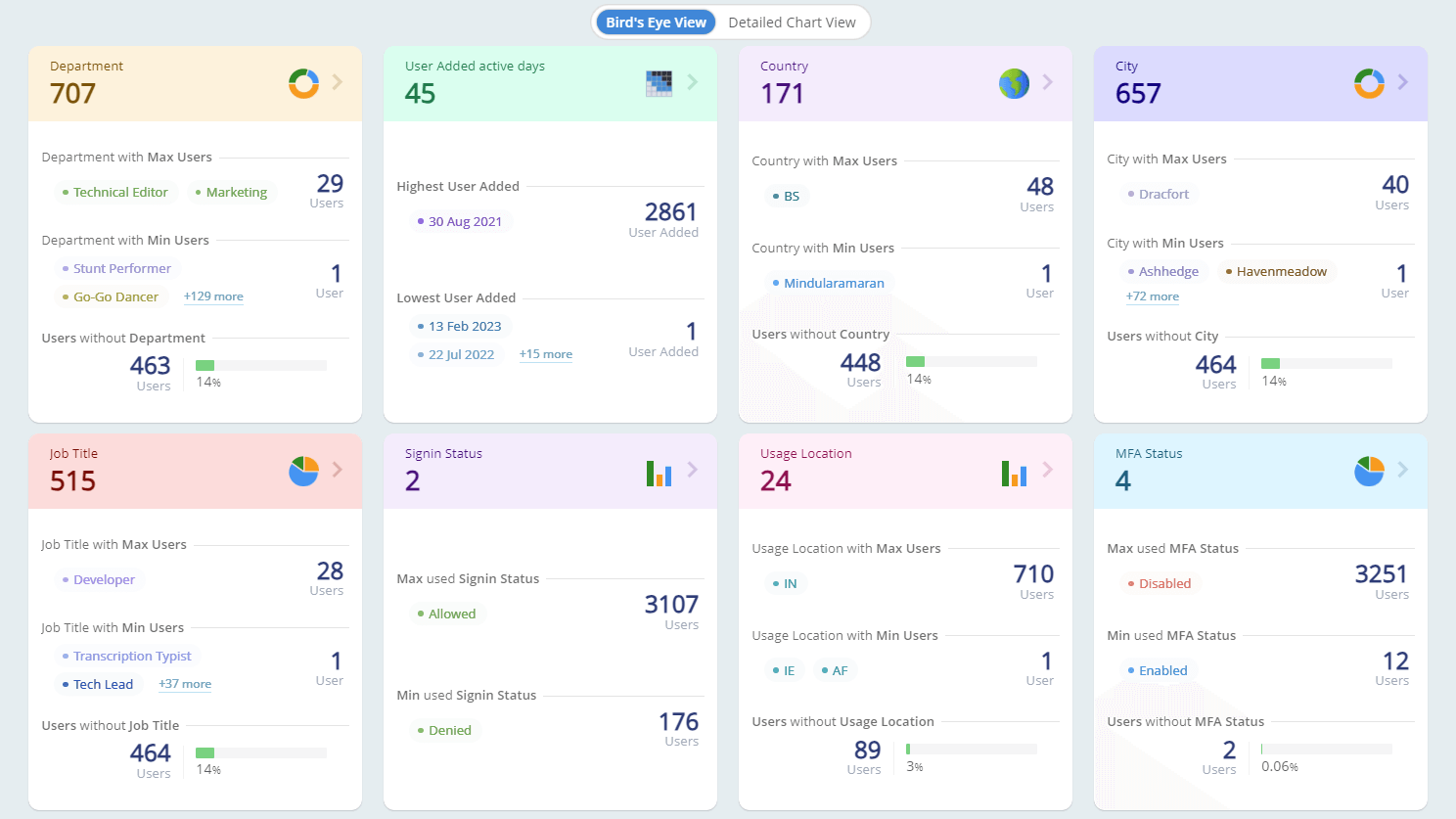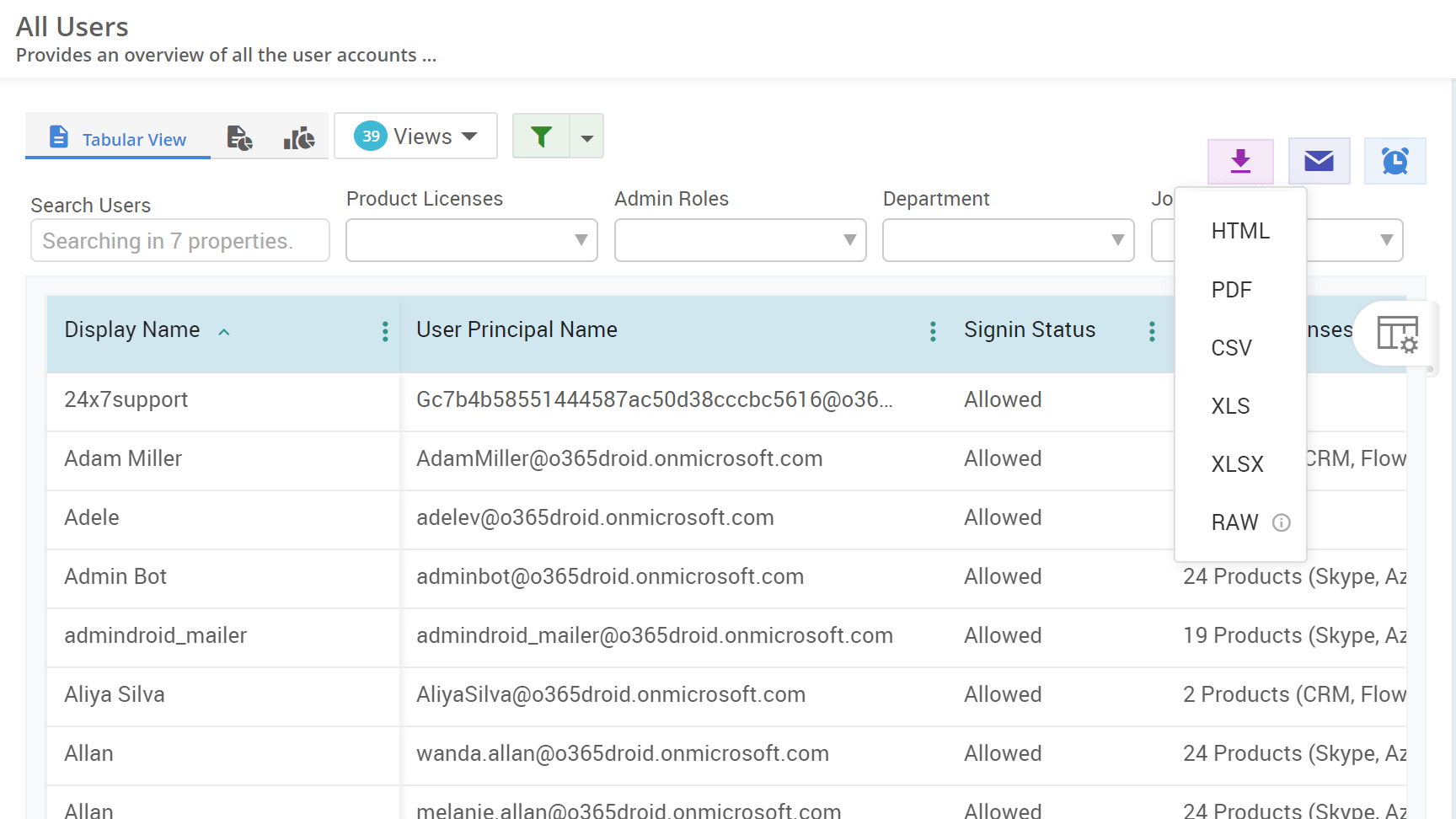Managing inbox rules for a shared mailbox is crucial for maintaining security and efficient workflow in Microsoft 365. Shared mailboxes are often used by various teams like sales, support, HR, etc., and they rely heavily on mailbox rules to handle emails consistently. So, it is essential to monitor and manage inbox rules on shared mailboxes.
It's important to regularly review the inbox rules for all shared mailboxes. This helps to identify any unauthorized or suspicious rule creations. Use the following PowerShell cmdlet to retrieve all inbox rules for shared mailboxes.
Get-Mailbox -ResultSize Unlimited -RecipientTypeDetails SharedMailbox | ForEach-Object {
$mailbox = $_.PrimarySmtpAddress
Get-InboxRule -Mailbox $mailbox | Select-Object @{Name="Mailbox";Expression={$mailbox}}, Name, Description }
This cmdlet will list all inbox rules for each shared mailbox, providing a clear overview for administrators.
Creating inbox rules can help manage emails efficiently. For example, you might want to flag emails of particular email types or from specific senders in shared mailboxes. Use the following cmdlet to create a new inbox rule in a shared mailbox after replacing SharedMailboxName with your shared mailbox name.
New-InboxRule "CheckActionRequired" -MyNameInToBox $true -FlaggedForAction Any -MarkImportance "High" -Mailbox "<SharedMailboxName>"
This rule flags any email where your name is in the To box and marks it as high importance. You can also create custom inbox rules using PowerShell as per your needs.
Sometimes, you may need to modify existing rules in a shared mailbox to better suit your needs. For instance, you might want to change the importance of flagged emails. Use the following cmdlet to modify a rule.
Set-InboxRule "CheckActionRequired" -MarkImportance "Low" -Mailbox "<SharedMailboxName>"
Ensure to replace SharedMailboxName with your shared mailbox name before execution. This cmdlet changes the importance of the "CheckActionRequired" rule from high to low. Additionally, you can modify inbox rules based on various parameters using PowerShell.
To maintain security and efficiency, it's crucial to remove unnecessary or harmful rules that users might have created. Use the following cmdlet to remove an inbox rule.
Remove-InboxRule "CheckActionRequired" -Mailbox "<SharedMailboxName>"
This cmdlet deletes the "CheckActionRequired" rule from the specified mailbox. You can also delete inbox rules using PowerShell based on various parameters.
By regularly monitoring inbox rules for shared mailboxes, Microsoft 365 admins can ensure secure and efficient email management. However, relying solely on PowerShell for managing inbox rules can be challenging, as it requires knowledge of scripting and may not offer a user-friendly interface.
To effectively keep track of shared mailbox rules without the hassle, AdminDroid offers a solution!
- With the "Shared Mailboxes with Inbox Rules" report, admins can monitor all the inbox rules set up across the shared mailboxes in one place, simplifying the process and securing the email environment.










